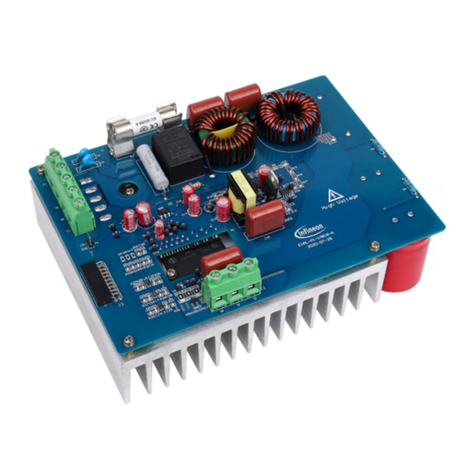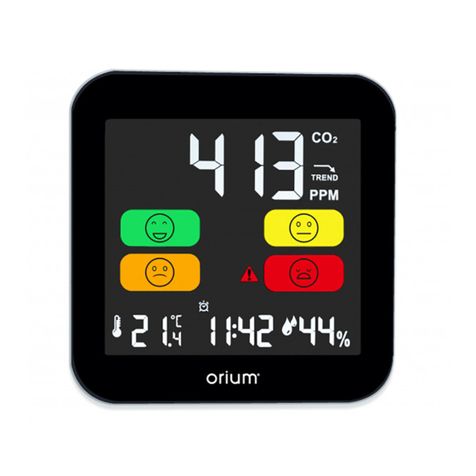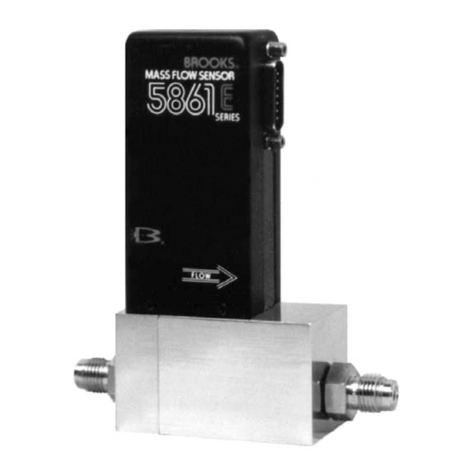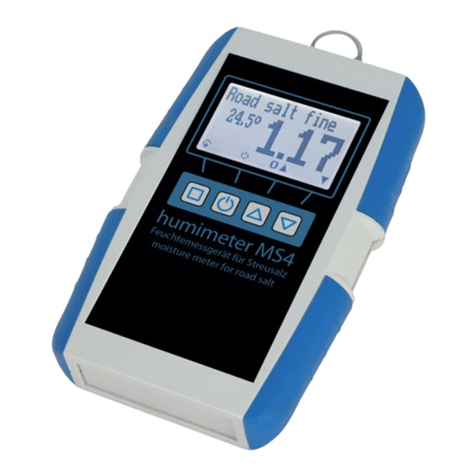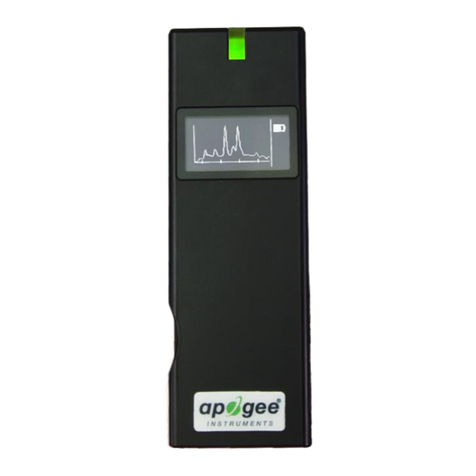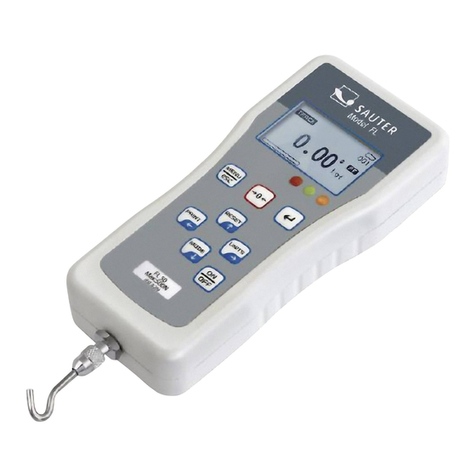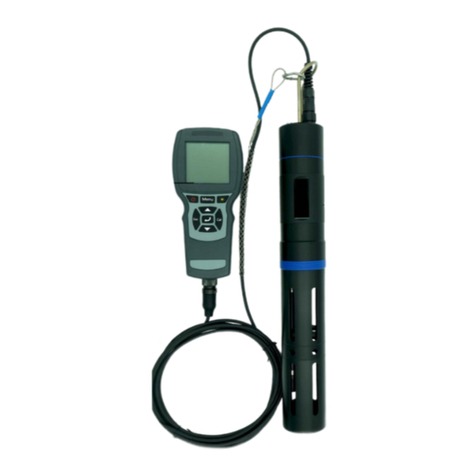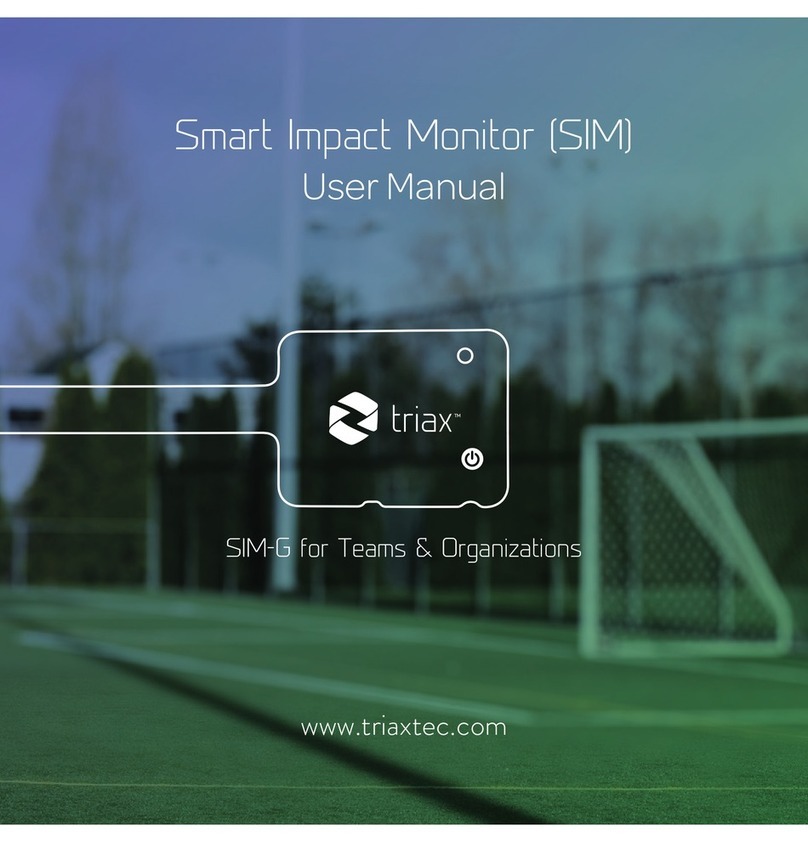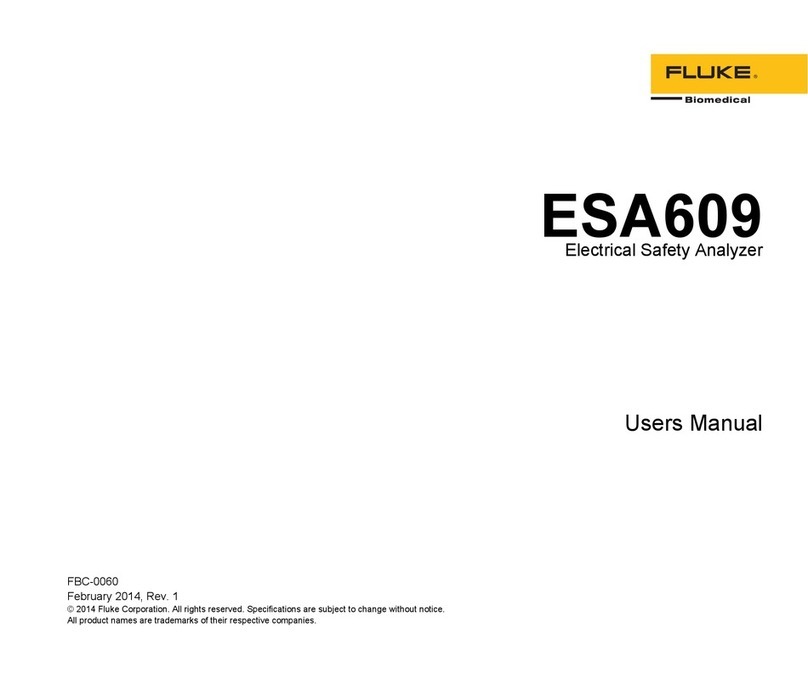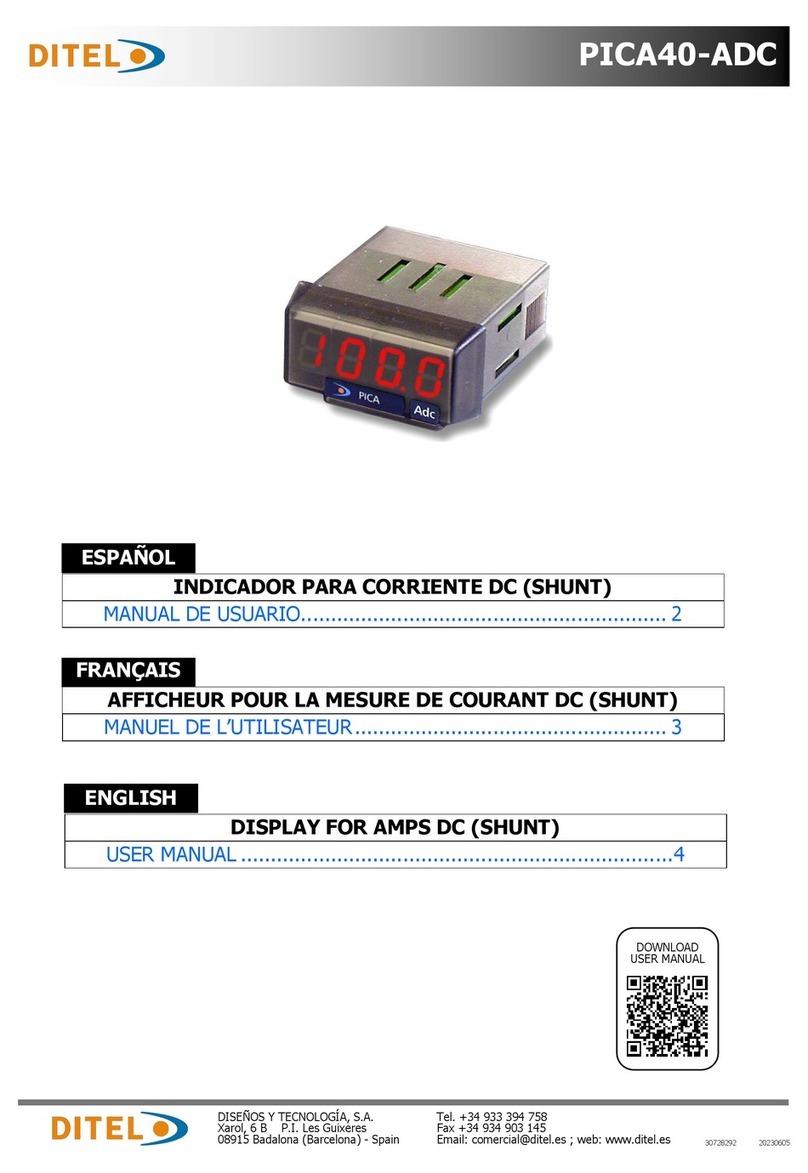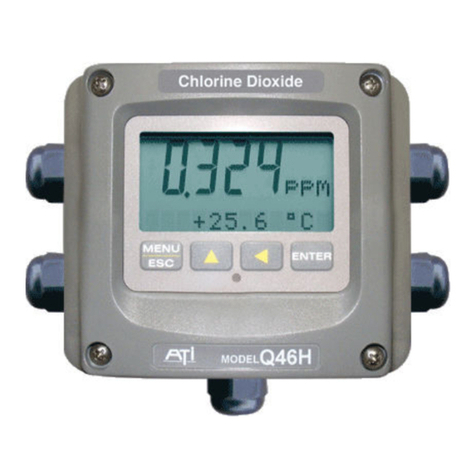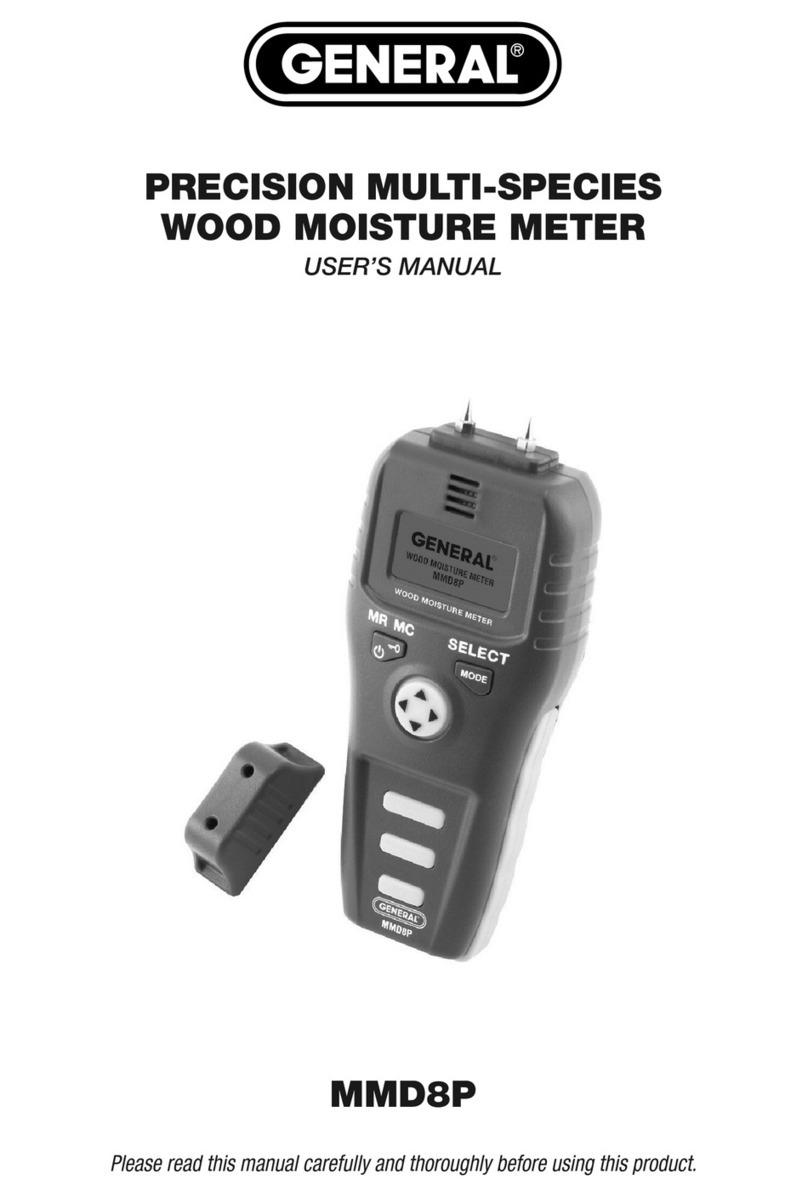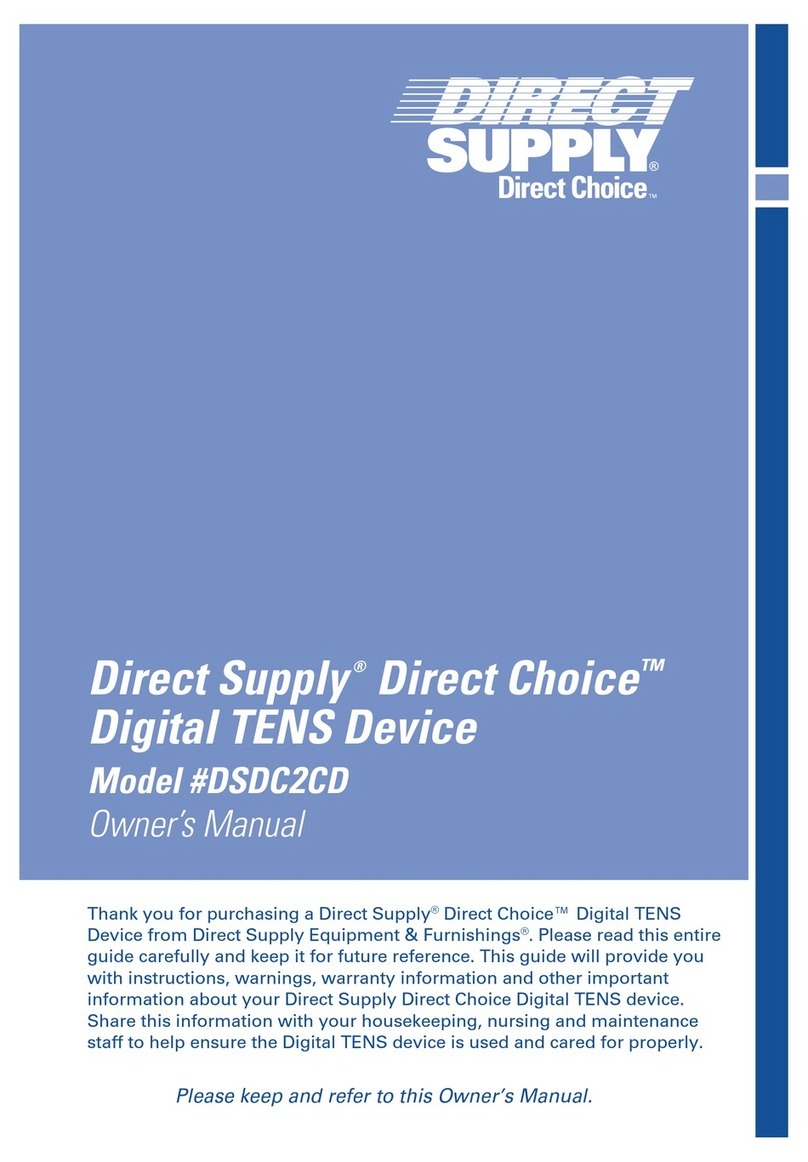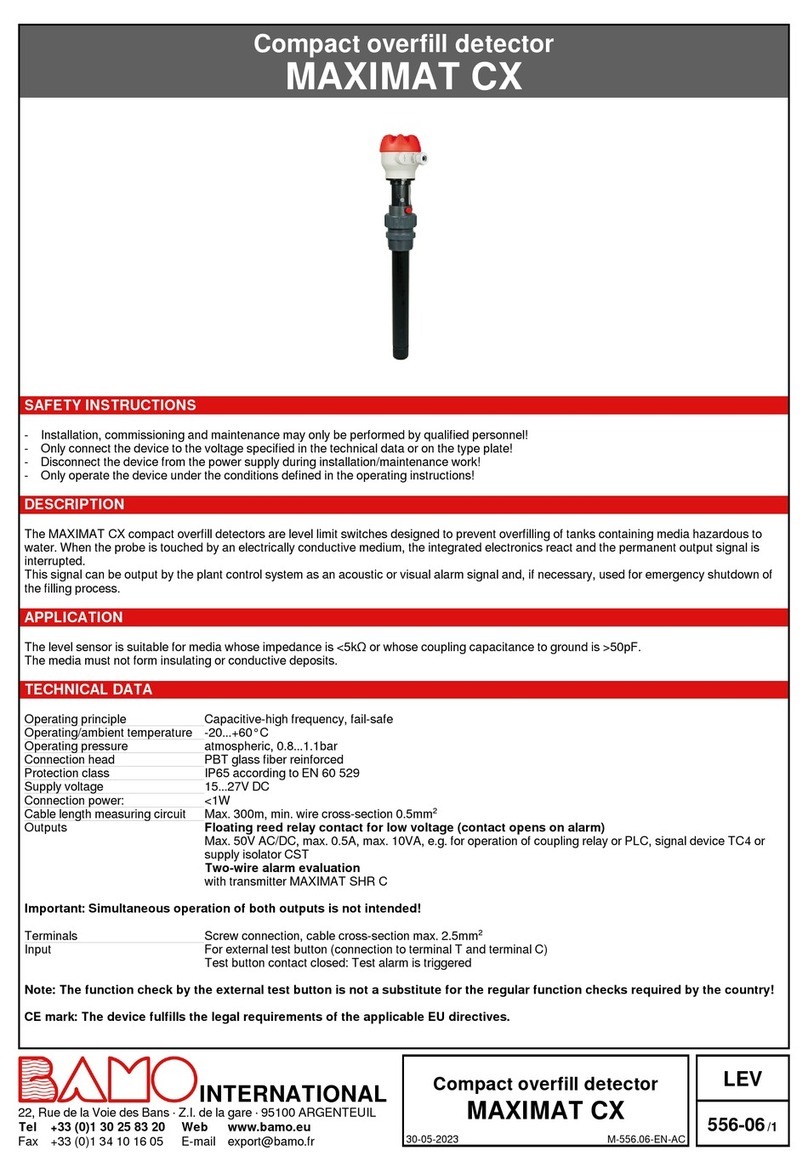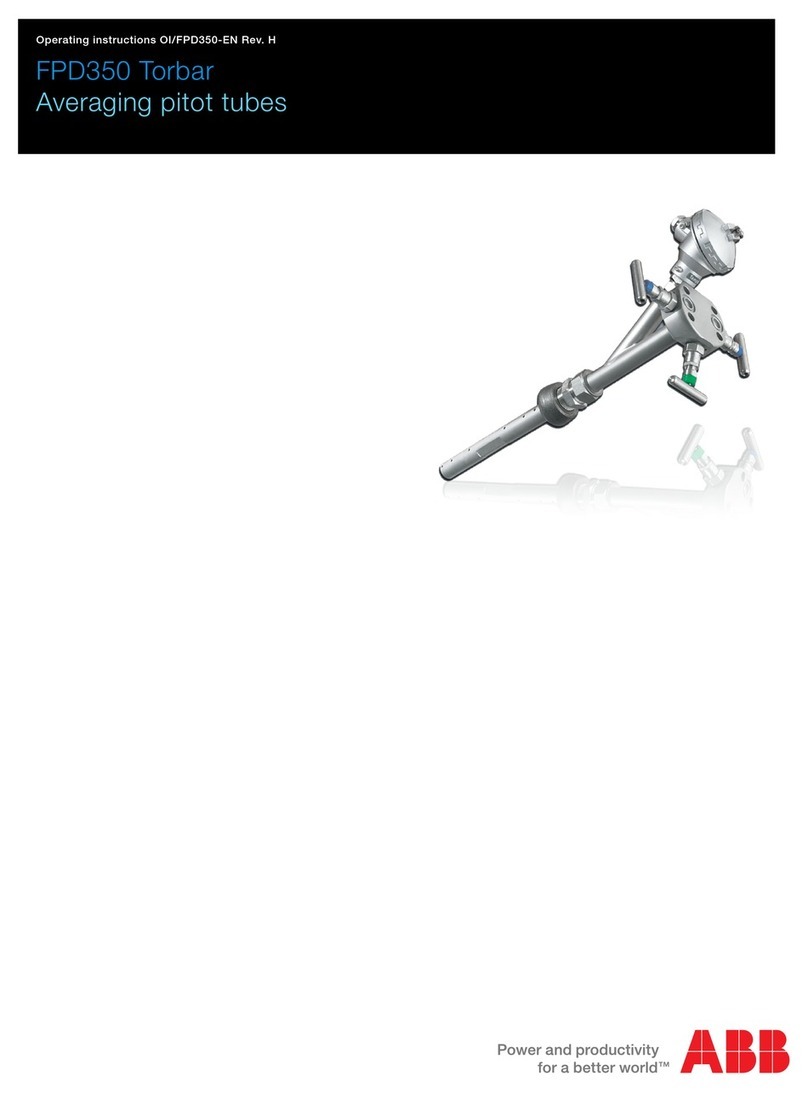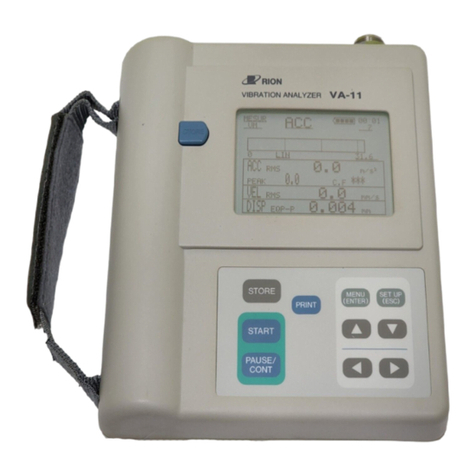Infineon XMC Link User manual

Chipsmall Limited consists of a professional team with an average of over 10 year of expertise in the distribution
of electronic components. Based in Hongkong, we have already established firm and mutual-benefit business
relationships with customers from,Europe,America and south Asia,supplying obsolete and hard-to-find components
to meet their specific needs.
With the principle of “Quality Parts,Customers Priority,Honest Operation,and Considerate Service”,our business
mainly focus on the distribution of electronic components. Line cards we deal with include
Microchip,ALPS,ROHM,Xilinx,Pulse,ON,Everlight and Freescale. Main products comprise
IC,Modules,Potentiometer,IC Socket,Relay,Connector.Our parts cover such applications as commercial,industrial,
and automotives areas.
We are looking forward to setting up business relationship with you and hope to provide you with the best service
and solution. Let us make a better world for our industry!
Contact us
Tel: +86-755-8981 8866 Fax: +86-755-8427 6832
Email & Skype: [email protected]om Web: www.chipsmall.com
Address: A1208, Overseas Decoration Building, #122 Zhenhua RD., Futian, Shenzhen, China

User's Manual R1.0
www.infineon.com 2015-12-11
UG_201512_PL30_004
XMC™Link
Based on SEGGER J-Link Technology
About this document
Scope and purpose
This is the user’s manual for the XMC™Link also called isolated debug probe, providing technical information
and hints on how to use it.
Intended audience
This document is intended for anyone who wants to use the XMC™Link.
Table of contents
About this document .............................................................................................................................................1
Table of contents...................................................................................................................................................1
1 Introduction.......................................................................................................................................2
1.1 Block diagram..........................................................................................................................................2
1.2 Getting started.........................................................................................................................................3
2 Hardware description ........................................................................................................................4
2.1 Known limitation.....................................................................................................................................4
2.2 Debug connector.....................................................................................................................................4
2.2.1 Pinout of debug connectors ..............................................................................................................5
2.3 Power supply...........................................................................................................................................6
2.4 Virtual COM Port (UART-to-USB Bridge).................................................................................................6
3 Production data .................................................................................................................................7
3.1 Schematics ..............................................................................................................................................7
3.1.1 Differences in hardware versions ......................................................................................................7
3.2 Components placement and geometry .................................................................................................9
3.3 List of material.........................................................................................................................................9
Revision history ...................................................................................................................................................11

User's Manual 2 R1.0
2015-12-11
Table of contents
XMC™Link
Based on SEGGER J
-
Link Technology
1 Introduction
This document describes the features and hardware details of the XMC™Link. XMC™Link is an isolated debug
probe for all XMC™microcontrollers.
The debug probe is based on SEGGER J-Link debug firmware, which enables use with DAVE™and all major
third-party compiler/IDEs known from the wide ARM® ecosystem. Table 1 shows its specification.
Table 1 XMC™Link specification
Supported Processor All Infineon Cortex®-M based XMC™Microcontroller
Dimensions 62 x 33 mm (without cables plugged in)
Power PC side: 5 V via Micro-AB USB Connector
Target side: 2.5 V – 5 .5V via one of the debug connector (VDD)
Connectors •10-pin Cortex® Debug Connector
•8-pin XMC™MCU Debug Connector
•Micro –AB USB Connector
Supported Protocols •Serial Wire Debug (SWD)
•Single Pin Debug (SPD)
•Serial Wire Viewer (SWV via SWO pin)
•JTAG
•UART-to-USB Bride, Virtual COM (VCOM)
Others •1 kV functional isolation
1.1 Block diagram
The block diagram in Figure 1 shows the main components of the XMC™Link and their interconnections. There
are following main building blocks:
•XMC4200 Microcontroller in a VQFN42 package
•Isolating Device
•10-pin Cortex® Debug Connector
•8-pin XMC™MCU Debug Connector
•Micro-AB USB Connector
•2 LEDs: Debug LED and Communication LED
•12 MHz Crystal

User's Manual 3 R1.0
2015-12-11
Table of contents
XMC™Link
Based on SEGGER J
-
Link Technology
Figure 1 Block diagram of the XMC™Link
1.2 Getting started
To operate the XMC™Link the installation of the J-Link Driver is required.
1. Please download the latest version from https://www.segger.com/jlink-software.html and install it on your
PC/laptop.
Note: The J-Link driver is also part of the typical installation of DAVE™and 3rd party tools supporting SEGGER J-
Link.
2. Connect XMC™Link with your PC/laptop using the Micro USB cable.
3. A proper connection and installation of the J-Link driver is indicated by a constantly illuminated DEBUG
LED.
4. Connect your XMC™target board with XMC™Link using one of the enclosed cables.
5. Select SEGGER J-Link as debugger in your preferred IDE e.g. DAVE™
6. Start the flash programming and debugging session
XMC4200
Micro-
controller
USBU0C1
U0C0
OCS
EVR
12 MHz
Crystal
Micro
USB
USB
GPIO
10-pin Cortex™
Debug Connector
IFX54441
Voltage
Regulator
5V3.3V
XMC™Link V1
BlockDiag.emf
Debug
LED
COM
LED
U1C0
JTAG
SWD
SPD
RX/TX
DIR
U1C1SWV
SPD
SWD
RX/TX
SPD
SWD
JTAG
SWV
RESET
2.5V -5.5V
8-pin XMC™MCU
Debug Connector
Isolating
Device
CCU80

User's Manual 4 R1.0
2015-12-11
Table of contents
XMC™Link
Based on SEGGER J
-
Link Technology
2 Hardware description
The following chapters provide a detailed description of the hardware and how it can be used. The hardware is
depicted in Figure 2.
Figure 2 PCB of the XMC™Link
2.1 Known limitation
XMC Link™V1 has a minor known limitation which could occur only during programming the BMI of a XMC1000
device in ASC-BSL mode to another BMI mode. This limitation is solved in the PCB version V1.1. The version
number is printed on the bottom side of the PCB below the USB connector.
The limitation can be avoided if the XMC™Link V1 is powered before the target XMC™will be powered.
2.2 Debug connector
The XMC™Link can be connected to the XMC™target microcontroller by either of the debug connectors:
•8-pin XMC™MCU Debug Connector (2 x 4 pin, 0.1”, 2.54mm)
•10-pin Cortex™Debug Connector (2 x 5 pin, 0.05”, 1.27mm)
The 8-pin XMC™MCU Debug Connector is mainly used for the XMC1000 applications. The 10-pin Cortex™Debug
Connector can be used for all XMC™families but is focusing on the XMC4000 family supporting Serial Wire
Viewer (SWV) via the SWO pin.

User's Manual 5 R1.0
2015-12-11
Table of contents
XMC™Link
Based on SEGGER J
-
Link Technology
The common debug protocol supported by both connectors is Serial Wire Debug (SWD). Figure 3 provides an
overview on all supported debug protocols and communication channels.
XMC1000 Family XMC4000 Family
8-pin XMC™MCU
Debug Connector
10-pin Cortex™
Debug Connector
10-pin Cortex™
Debug Connector
Serial Wire Debug
(SWD)
Single Pin Debug
(SPD)
Serial Wire Viewer
(SWV/SWO)
Virtual COM Port
(UART-to-USB Bridge)
JTAG
Figure 3 Supported debug protocols
2.2.1 Pinout of debug connectors
The pinout of both debug connectors and to which pins of the XMC™the debugger must be connected can be
found in Table 2 and Table 3.
Table 2 Pinout of the 10-pin Cortex™debug connector
Pin Function XMC1000 Connection (Pin name) XMC4000 Connection (Pin name)
1 VCC Power Supply 2.5 V – 5.5 V (VDD) Power Supply VDDP 3.3 V (VDDP)
2 SWIO/TMS Serial Wire Data (P0.14 | P1.3) Serial Wire Data, JTAG-TMS (TMS)
3 GND Ground (VSS) Ground (VSS)
4 SWCLK/TCK Serial Wire Clock (P0.15 | P1.2) Serial Wire Clock, JTAG-TCK (TCK)
5 GND Ground (VSS) Ground (VSS)
6 SWO/TDO Not connected Serial Wire Output, JTAG-TDO (P2.1) (optional)
7 KEY Not connected Not connected
8 TDI Not connected JTAG-TDI (P0.7)(optional)
9 GNDDetect Can be used to switch off an on-board debug probe (PORST# of OBD) (optional)
10 RESET# Not connected PORST# (mandatory)
Table 3 Pinout of the 8-pin XMC™MCU debug connector
Pin Function XMC1000 Connection (Pin name)
1 SC Serial Wire Clock (P0.15 | P1.2)
2 SD Serial Wire Data (P0.14 | P1.3)

User's Manual 6 R1.0
2015-12-11
Table of contents
XMC™Link
Based on SEGGER J
-
Link Technology
Pin Function XMC1000 Connection (Pin name)
3 + Power supply 2.5 V – 5.5 V (VDD)
4 0 Ground (VSS)
5 0 Ground (VSS)
6 + Power supply 2.5 V – 5.5 V (VDD)
7 TX (PC-TX)) Transmissstion line of PC/laptop, receive line of XMC™device (optional)
8 RX (PC-RX) Receive line of PC/laptop, transmission line of of XMC™device (optional)
2.3 Power supply
XMC™Link is powered from the Micro USB plug and typically draws about 70 mA. The on-board voltage
regulator IFX54441LDV33 generates the required 3.3 V for the XMC4200 microcontroller out of the 5 V USB
voltage. The debug probe is not designed to provide power for the target device.
The target application must power the isolated part of the debugger. The isolated side the XMC™Link draws a
few mA of current from the target application.
2.4 Virtual COM Port (UART-to-USB Bridge)
The 8-pin XMC™MCU Debug Connector supports communication between a PC/laptop and target XMC™device
via Virtual COM Port (UART-to-USB Bridge). Therefore UART pins of the target XMC™device needs to be
connected to TX/RX pins of the debug connector (see Table 3).
Note: Take care of the UART cross connection: TX pin of debugger needs to be connected to RX pin of the
XMC device. RX pin of debugger needs to be connected to TX pin of the XMC device.

User's Manual 7 R1.0
2015-12-11
Table of contents
XMC™Link
Based on SEGGER J
-
Link Technology
3 Production data
This chapter covers schematics, board dimensions, component placement and the list of material.
3.1 Schematics
Figure 4 shows the schematics of XMC™Link V1 in hardware version 1.1.
3.1.1 Differences in hardware versions
In hardware version 1.1 compared to hardware version v1.0 (V1) the pull-down resistor R20 was added to the TX
line. The version number is printed on the bottom side of the PCB below the USB connector.

User's Manual 8 R1.0
2015-12-11
Table of contents
XMC™Link
Based on SEGGER J
-
Link Technology
Figure 4 Schematic of the XMC™Link V1 (Hardware Version 1.1)
XMC BootKit
Cortex Debug
10nF/040210nF/0402
10uF/10V/060310uF/10V/0603
10uF/10V/060310uF/10V/0603
100nF/0402
15pF/040215pF/0402
15pF/040215pF/0402
100nF/0402100nF/0402
100nF/0402100nF/0402
100nF/0402100nF/0402
100nF/0402100nF/0402
100nF/0402100nF/0402
100nF/0402100nF/0402
4u7F/6.3V/06034u7F/6.3V/0603
10uF/10V/060310uF/10V/0603
10uF/10V/060310uF/10V/0603
100nF/0402100nF/0402
100nF/0402100nF/0402
100nF/0402100nF/0402
10uF/10V/060310uF/10V/0603
100nF/0402100nF/0402
100nF/0402100nF/0402
100nF/0402100nF/0402
10uF/10V/060310uF/10V/060310uF/10V/060310uF/10V/0603
10uF/10V/060310uF/10V/0603
GNDGND
GNDGND
GND
GND
GNDGND
GNDGND GNDGND
GND
GND
BLM18PG600BLM18PG600
LED-GN/D/0603
LED-RT/D/0603
12MHZ/S/3.2X2.512MHZ/S/3.2X2.5
680R/0603
680R/0603
22R/040222R/0402
510R/0402510R/0402 22R/040222R/0402
4k7/040210k/0402
1M/0402
100k/0402
100k/0402100k/0402
100k/0402100k/0402
100R/0402100R/0402
100R/0402100R/0402
100R/0402100R/0402
100R/0402100R/0402
100R/0402100R/0402
100R/0402
100R/0402
no ass./0R/0603no ass./0R/0603
10k/0402
10k/0402
VDDP
GNDISO
VDDP
VISO3.3VISO3.3
VISO3.3VISO3.3
VISO3.3VISO3.3
GNDISO
GNDISO
GNDISO
VISO5
GNDISO GNDISO
VDDPVDDP
VDDP
VDDP
VDDP
VDDP
GNDISO
VISO3.3VISO3.3
VISO3.3
VISO3.3VISO3.3
VISO5
VISO3.3VISO3.3
VISO3.3VISO3.3
GNDISO
GNDISO GNDISO
GNDISO GNDISO
GNDISO GNDISOGNDISO
GNDISO
GNDISO
IFX54441LDV33
XMC4200_QFN48
SI8652BB-B-IS1
74LVC1G126GW
NL17SZ07DF
SI8652BB-B-IS1
ESD8V0L2B-03LESD8V0L2B-03L
VDDPVDDP
VDDP
FTS-105-01-L-DV
TSM-104-01-F-DH-ATSM-104-01-F-DH-A
ZX62-AB-5PA
no ass. ADJ_1 ADJ_2 ADJ_3
C1C1
C2C2
C3C3
C4
C5C5
C6C6
C7C7
C8C8
C9C9
C10C10
C11C11
C12C12
C13C13
C14C14
C15C15
C16C16
C17C17
C18C18
C19C19
C20C20
C21C21
C22C22
C23C23C24C24
C25C25
L1L1
LED1
LED2
Q1Q1
R1
R2
R3R3
R4R4 R5R5
R6R7
R8
R9
R10R10
R11R11
R12R12
R13R13
R14R14
R15R15
R16R16
R17
R18
R19R19
R20
R21
BYP 5
EN
7
EXP EXP
GND
6
IN
9*2 OUT 1*2
SENSE/ADJ 4
U1
EPAD
EPAD
HIB_IO_0 7
P0.0 2
P0.1 1
P0.2 48
P0.3 47
P0.4 46
P0.5 45
P0.6 44
P0.7 43
P0.8 42
P1.0 40
P1.1 39
P1.2 38
P1.3 37
P1.4 36
P1.5 35
P2.0
26 P2.1
25 P2.2
24 P2.3
23 P2.4
22 P2.5
21
P14.0 16
P14.3 15
P14.4 14
P14.5 13
P14.6 12
P14.7 11
P14.8 20
P14.9 19
PORST#
32
RTC_XTAL_1
8
RTC_XTAL_2
9
TCK
34
TMS
33
USB_D+ 4
USB_D- 3
VAGND
17 VAREF
18
VBAT 10
VDDC 6
VDDC1 31
VDDP 5
VDDP1 28
VDDP2 41
VSS
27
XTAL1
29
XTAL2
30
U2
A1
2
A2
3
A3
4
A4
5
A5
6
B1 15
B2 14
B3 13
B4 12
B5 11
EN1
7EN2 10
GND1
8GND2 9
VDD1
1VDD2 16
U3
A
2GND 3
OE
1VCC 5
Y4
U4
A
2
GND 3
VCC
5
Y4
U5
A1
2
A2
3
A3
4
A4
5
A5
6
B1 15
B2 14
B3 13
B4 12
B5 11
EN1
7EN2 10
GND1
8GND2 9
VDD1
1VDD2 16
U6
V2
1
2
3
V2
1 2
3 4
5 6
7 8
9 10
X1
X2
12
34
56
78
X2
1
2
3
4
5
X3C
1
2
3
4
5
X4
COM_LED#
CS
CS
DEBUG_LED#
ISO_SWIO/TMS*
ISO_SWIO/TMS*
OBD_OFF#
OBD_TCK
OBD_TMS
PC_RX*
PC_RX*
PC_TX*
PC_TX*
RESET#
RESET#
RESET#*
RESET#*
RESET#_OD
RESET#_OD
RX
RX
SWCLK/TCK
SWCLK/TCK
SWCLK/TCK
SWCLK/TCK*
SWCLK/TCK*
SWCLK/TCK*
SWD_DIR
SWD_DIR
SWD_DIR*
SWD_DIR*
SWD_IN
SWD_IN
SWD_OUT
SWD_OUT
SWD_OUT*
SWD_OUT*
SWIO/TMS*
SWIO/TMS*
SWIO/TMS*
SWO/TDO
SWO/TDO
SWO/TDO
SWO/TDO*
SWO/TDO*
TDI
TDI
TDI*
TDI*
TX
TX
A
B
C
D
E
1 2 3 4 5 6 7 8
A
B
C
D
E
1
2
3
4
5
6
7
8
XMC-Link-V1.1
02.12.2015 12:23:57
1/1
Sheet:
Legal Disclaimer
The information given in this document shall in no event be regarded as a guarantee of conditions or
characteristics. With respect to any examples or hints given herein, any typical values stated herein and/or any
information regarding the application of the device, Infineon Technologies hereby disclaims any and all warranties
and liabilities of any kind, including without limitation, warranties of non-infringement of intellectual property rights
of any third party.
USB
Supply
Analog
Digital
Hibernate/RTC
D1
D2
SCLKOUT-P1.1
DX0B-P1.4
SPI Slave
SWD_OUT
SWCLK/TCK
MOSI
CLK_OUT
MISO
CS_IN
CLK_IN
CS_OUT
SPI Master U0C0
U0C1
DOUT0-P1.5
SELO0-P1.0
DX2A-P2.3
DX1A-P2.4
RX
TX
UART2
RXD
TXD
DX0A-P0.4
DOUT0-P0.5
U1C0
TX_ACTIVE# GPIO-P0.6
RESET# GPIO-P0.3
DEBUG_LED# DEBUG_LED# GPIO-P0.2
TX_ENABLE GPIO-P0.7
SWD DIR GPIO-P1.3SWD_DIR
SWD_IN
UART
RXD DX0D-P0.0
MISO DOUT0-P2.5
COM_LED# AUX_LED# GPIO-P0.1
UART
SPD
No RESET Pin
Level Shifter
COM LED
SWV
JTAG
ON-BOARD DEBUGGER (OBD) and ISO IF
CONTROL GPIOs
Debug Connectors
Power 3,3V
MOSI DX0A-P2.2
TDI
SWO/TDO
U1C1
SWV
RESET#
Configure Debugger RESET# signal at P0.3 as open-drain output.

User's Manual 9 R1.0
2015-12-11
Table of contents
XMC™Link
Based on SEGGER J
-
Link Technology
3.2 Components placement and geometry
Figure 5 shows the board dimensions and the placement of components on the PCB.
Figure 5 Components placement and geometry
3.3 List of material
The list of material is valid for the XMC™Link V1 in hardware version 1.1.
Table 4 List of material
Value Device Qty Reference Designator
15pF 50V 10% 0402 Capacitor COG 2C5, C6
10uF 10V 20% 0603 Capacitor X5R 8
C2, C3, C14, C15, C19, C23, C24,
C25
100nF 16V 10% 0402 Capacitor X7R 13
C4, C7, C8, C9, C10, C11, C12,
C16, C17, C18, C20, C21, C22
10nF 16V 10% 0402 Capacitor X7R 1 C1
4u7F 6.3V +-10% 0603 Capacitor X7R 1 C13
ZX62-AB-5PA Connector Micro USB AB SMD Hirose 1 X3
12MHz 3.2x2.5 Crystal 12MHz 4Pad NX3225SA NDK 1 Q1
ESD8V0L2B-03L TSLP-3-1 Diode Protection Infineon 1 V2
BLM18PG600SN1D 0603 Ferrite Bead 60R 500mA Murata 1 L1
SI8652BB-B-IS1 NB-SOIC-16 Isolation IC 2 U3, U6
LSQ971-Z LED-GN 0603 LED SMD gn 1 LED1
LSQ976-Z LED-RT 0603 LED SMD rt 1 LED2
74LVC1G126GW TSSOP5 Line Driver 1 U4
60mm
30mm
ADJ_1ADJ_1
ADJ_2ADJ_2
ADJ_3ADJ_3
C1C1
C2C2
C3C3
C4C4
C5C5
C6C6
C7C7
C8C8
C9C9
C10C10
C11C11
C12C12
C13C13
C14C14
C15C15
C16C16
C17C17
C18C18
C19C19
C20C20
C21C21
C22C22
C23C23
C24C24
C25C25
L1L1
LED1LED1
LED2LED2
Q1Q1
R1R1
R2R2
R3R3
R4R4
R5R5
R6R6
R7R7
R8R8
R9R9
R10R10
R11R11
R12R12
R13R13
R14R14
R15R15
R16R16
R17R17
R18R18
R19R19
R20R20
R21R21
U1U1
U2U2
U3U3
U4U4
U5U5
U6U6
V2V2
X1X1
X2X2
X3X3
X4X4

User's Manual 10 R1.0
2015-12-11
Table of contents
XMC™Link
Based on SEGGER J
-
Link Technology
Value Device Qty Reference Designator
SN74LVC1G07 SC70-5 Line Driver 1 U5
XMC4200-Q48K256 QFN48 Microcontroller XMC4200 Infineon 1 U2
FTS-105-01-L-DV 2x5pin
0.05" Pin Header SMD Samtec 1
X1
TSM-104-01-F-DH-A 2x4pin
0.1" Pin Header SMD Samtec 1
X2
no ass. 1x5pin 0.1" Pin Header THT 1 X4
100R 1% 0402 Resistor 7 R12, R13, R14, R15, R16, R17, R18
100k 1% 0402 Resistor 3 R9, R10, R11
10k 1% 0402 Resistor 3 R7, R20, R21
1M 1% 0603 Resistor 1 R8
22R 1% 0402 Resistor 2 R3, R5
4k7 1% 0402 Resistor 1 R6
510R 1% 0402 Resistor 1 R4
680R 1% 0603 Resistor 2 R1, R2
no ass. 0R 0603 Resistor 1 R19
IFX54441LDV33 PG-TSON-10 Voltage Regulator 3.3 V Infineon 1 U1

User's Manual 11 R1.0
2015-12-11
Revision history
XMC™Link
Based on SEGGER J
-
Link Technology
Revision history
Major changes since the last revision
Page or reference Description of change

Trademarks of Infineon Technologies AG
µHVIC™, µIPM™, µPFC™, AU-
ConvertIR™, AURIX™, C166™, CanPAK™, CIPOS™, CIPURSE™, CoolDP™, CoolGaN™, COOLiR™, CoolMOS™, CoolSET™, CoolSiC™,
DAVE™, DI-POL™, DirectFET™, DrBlade™, EasyPIM™, EconoBRIDGE™, EconoDUAL™, EconoPAC
K™, EconoPIM™, EiceDRIVER™, eupec™, FCOS™, GaNpowIR™,
HEXFET™, HITFET™, HybridPACK™, iMOTION™, IRAM™, ISOFACE™, IsoPACK™, LEDrivIR™, LITIX™, MIPAQ™, ModSTACK™, my-
d™, NovalithIC™, OPTIGA™,
OptiMOS™, ORIGA™, PowIRaudio™, PowIRStage™, PrimePACK™, PrimeSTACK™, PROFET™, PRO-
SIL™, RASIC™, REAL3™, SmartLEWIS™, SOLID FLASH™,
SPOC™, StrongIRFET™, SupIRBuck™, TEMPFET™, TRENCHSTOP™, TriCore™, UHVIC™, XHP™, XMC™
Trademarks updated November 2015
Other Trademarks
All referenced product or service names and trademarks are the property of their respective owners.
Edition 2015-12-11
UG_201512_PL30_004
Published by
Infineon Technologies AG
81726 Munich, Germany
© 2016 Infineon Technologies AG.
All Rights Reserved.
Do you have a question about this
document?
Email: [email protected]
Document reference
IMPORTANT NOTICE
The information contained in this application note
is given as a hint for the implementation of the
product only and shall in no event be regarded as a
description or warranty of a certain functionality,
condition or quality of the product. Before
implementation of the product, the recipient of this
application note must verify any function and other
technical information given herein in the real
application. Infineon Technologies hereby
disclaims any and all warranties and liabilities of
any kind (including without limitation warranties of
non-infringement of intellectual property rights of
any third party) with respect to any and all
information given in this application note.
The data contained in this document is exclusively
intended for technically trained staff. It is the
responsibility of customer’s technical departments
to evaluate the suitability of the product for the
intended application and the completeness of the
product information given in this document with
respect to such application.
For further information on the product, technology,
delivery terms and conditions and prices please
contact your nearest Infineon Technologies office
(www.infineon.com).
WARNINGS
Due to technical requirements products may
contain dangerous substances. For information on
the types in question please contact your nearest
Infineon Technologies office.
Except as otherwise explicitly approved by Infineon
Technologies in a written document signed by
authorized representatives of Infineon
Technologies, Infineon Technologies’ products may
not be used in any applications where a failure of
the product or any consequences of the use thereof
can reasonably be expected to result in personal
injury.
Table of contents
Other Infineon Measuring Instrument manuals
